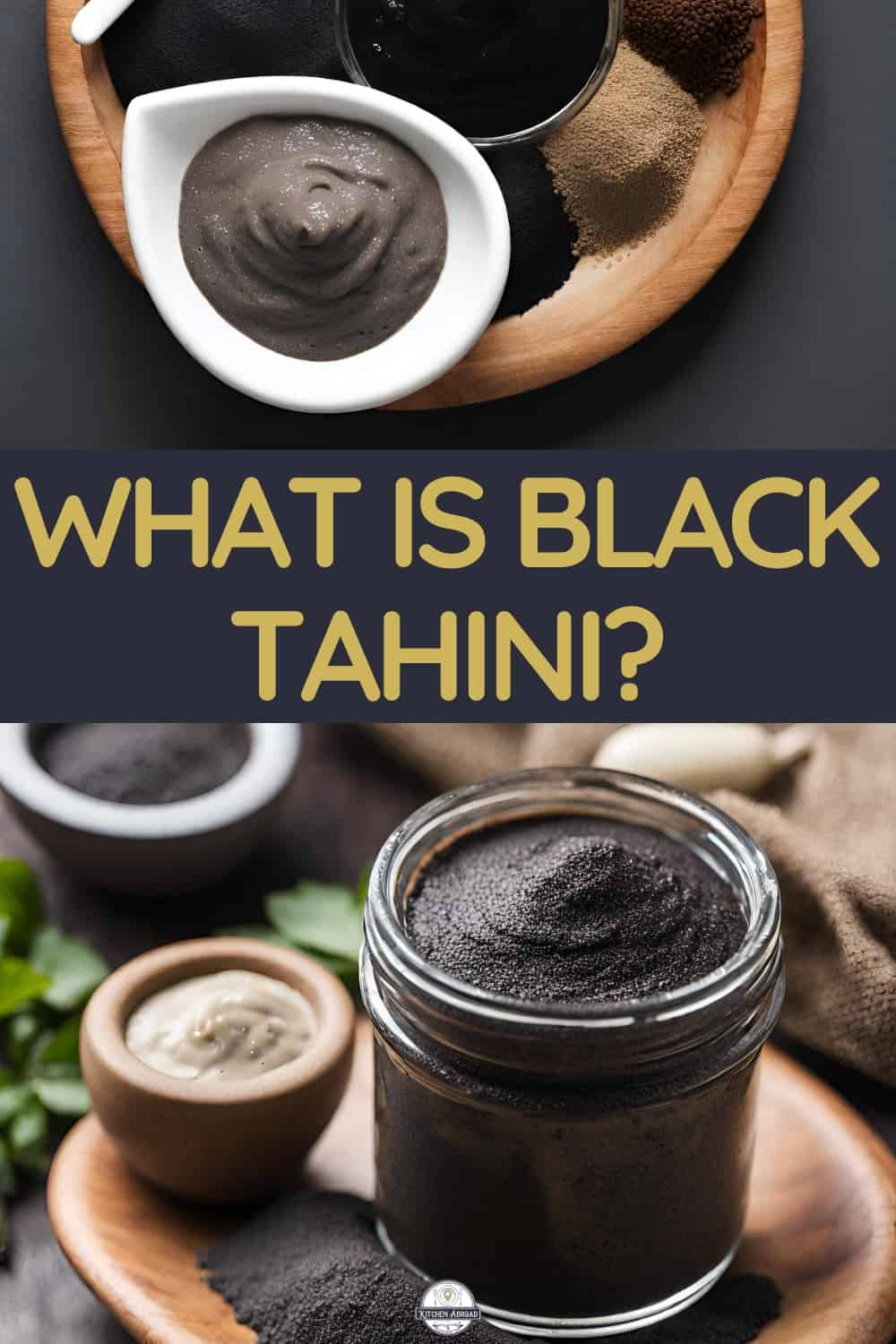A starfruit tastes sweet and tangy, with a flavor that’s a mix between a pear, an apple, and citrus. This tropical fruit has a juicy, crisp texture.
Starfruit, also known as carambola, is a distinctive fruit that offers a burst of flavor with every bite. Resembling a star when sliced, this fruit not only provides visual appeal but also holds a unique place on the flavor spectrum.
Originating from Southeast Asia, starfruit has become popular across the globe, well-loved for its refreshingly sweet and slightly sour taste. It’s often eaten raw, used in salads, or served as a garnish, adding a touch of tropical flair to dishes. The fruit’s edible skin encases a mildly grape-like, crisp interior, making starfruit a delightful snack that’s both nutritious and hydrating. With its low-calorie content and a host of vitamins, starfruit fits perfectly into a health-conscious diet while tantalizing the taste buds with its exotic flavor.

The Allure Of The Starfruit
The starfruit, with its celestial name and eye-catching form, lures the curious and the epicurean alike. This tropical jewel tempts taste buds far and wide. Bursting with both beauty and flavor, starfruit is a truly alluring fruit.
A Tropical Delight
Starfruit offers a cosmic combination of tastes. A bite into its juicy flesh reveals a sweet and tart symphony. This fruit’s flavor is a blend of apples, pears, and citrus, making it a refreshing treat on a warm day. Savored across the world, starfruit brings a tantalizing tropical twist to any dish.
- Sweet, with a hint of tanginess
- Crisp texture similar to grapes
- Notes of pineapple and lemon
Unique Appearance
Starfruit stands out in the fruit world. When sliced, each piece mirrors a perfect five-point star. The vibrant yellow skin with a waxy sheen makes it pop on any fruit platter. Beneath the skin, the translucent flesh boasts a pattern of tiny, edible seeds. A starfruit’s unique look transforms ordinary meals into exceptional culinary presentations.
| Feature | Description |
|---|---|
| Shape | Star-shaped cross-section |
| Color | Bright yellow with a waxy sheen |
| Texture | Firm and juicy |
| Edible Parts | All, including seeds |
Breaking Down The Flavor Profile
Exploring the taste of exotic fruits brings us to the remarkable starfruit. This striking fruit, shaped like a five-point star when sliced, offers a flavor that intrigues the palate. Let’s dive into the nuances that make starfruit a unique addition to any fruit lover’s basket.
Sweetness And Tang
Starfruit balances sweet with a subtle tanginess. Its sugar levels can vary depending on ripeness. A fully ripe starfruit typically delivers a honey-esque sweetness. Intertwined with this sweetness is a mild acidic tang, akin to citrus fruits, that enlivens the taste experience.
- Ripe Starfruit: Dominantly sweet with hints of acidity.
- Less Ripe Starfruit: Sharper tang, less intense sweetness.
Texture And Juiciness
The delight of starfruit extends beyond taste to its texture. Crisp and refreshing, the fruit’s flesh is firm yet yielding. It’s juicy, making it both satisfying to bite into and hydrating.
| Texture | Juiciness |
|---|---|
| Crisp | High |
| Firm | Refreshing |
Comparisons With Other Fruits
Starfruit is often compared to other fruits to understand its unique profile. Imagine a blend of apple, pear, and citrus flavors. It’s less tart than a grapefruit but not as sweet as a ripe mango.
- Apple: Similar crispness and juiciness.
- Pear: Mild sweetness and soft texture nuances.
- Citrus: Comparable tanginess without overwhelming sourness.
Nutritional Benefits
Nutritional Benefits of starfruit shine brightly, much like its unique star shape that slices into perfect five-pointed treats. A starfruit not only teases the palate with its blend of sweet and sour flavors, but it is also a bounty of health benefits, packed with essential nutrients. Diving into the nutritional profile of this tropical fruit reveals a remarkable concentration of vitamins, dietary fibers, and a low calorie count, making it an ideal snack for health-conscious individuals.
Vitamin Powerhouse
The starfruit is a rich source of vitamin C, vital for immune function and skin health. Just one medium-sized starfruit can provide approximately 52% of the daily recommended vitamin C intake. It also contains B-vitamins such as folate, riboflavin, and B6, critical for energy metabolism.
Dietary Fiber Content
Incorporating starfruit into your diet means a significant boost in dietary fiber, which contributes to digestive health. Fiber aids in digestion and can help in reducing the risk of several health conditions. A single starfruit contains 3 grams of dietary fiber, which is about 12% of the daily recommended intake.
Low Calorie Count
For those mindful of their calorie intake, starfruit is an excellent choice. It’s not only low in calories, with a medium-sized fruit containing just approximately 28 calories, but it is also low in fat and free from cholesterol. This makes starfruit a perfect fit for weight management routines.

Culinary Uses
The starfruit, or carambola, is not just a dazzling star when sliced. Its unique flavor and versatility make it a shining ingredient in various dishes. Discover how to incorporate starfruit’s sweet to tart tang into your kitchen creations.
Enhancing Salads And Desserts
Sliced starfruit brings a fresh twist to salads and desserts. Its crisp texture and visual appeal enhance any dish. Here’s how to use it:
- Top your greens with thin slices for a citrusy zest.
- Combine with avocado and shrimp for a tropical salad.
- Layer with other fruits in parfaits or tarts.
- Sprinkle with sugar and caramelize for a sweet garnish.
Creative Beverages
Starfruit’s mild taste makes it perfect for refreshing drinks. You can:
- Blend starfruit in smoothies for a vitamin C boost.
- Mix into cocktails for a exotic touch.
- Create starfruit-infused water for a hydrating sip.
- Squeeze for a tart, nutritious juice.
Cooking With Starfruit
Go beyond raw starfruit. Cook it to bring out different flavors:
- Sauté with seafood or chicken for a tangy glaze.
- Stir-fry with vegetables for a crunchy addition.
- Chop and include in salsas with fish tacos.
- Bake into pastries for a subtle, sweet twist.
A Guide To Selection And Storage
Embark on a tropical flavor journey with the intriguing starfruit! Often admired for its decorative shape, the starfruit conceals a taste profile that is a delightful surprise for many. Before diving into this starry delight, let’s explore how to select the best fruit and keep it fresh for as long as possible.
Picking The Perfect Fruit
Visual Check: Look for vibrant, even color. Bright yellow with light green tips indicates ripeness.
Texture Test: Gently press the skin. The flesh should yield slightly under pressure but not be mushy.
Sniff for Sweetness: A ripe starfruit releases a fragrant, sweet aroma. No scent often means it’s not ready.
Spot Check: Avoid brown spots and bruises. These can suggest overripeness or damage.
Keeping Starfruit Fresh
Refrigeration Rules: Keep starfruit in the fridge to extend freshness. This stalls overripening.
- Separate Storage: Store away from other fruits to prevent accelerated ripening.
- Humidity Matters: Use a crisper drawer to maintain proper humidity levels.
Counter Caution: Leaving starfruit at room temperature quickens ripening. Eat these within a couple of days.
Exploring Varieties
Welcome to the vibrant world of starfruit, where each variety promises a unique adventure for your taste buds! Whether you’re a tropical fruit aficionado or a curious foodie, understanding the full spectrum of starfruit flavors is key to maximizing your enjoyment. Let’s delve into the diverse types and regional tastes of this eye-catching fruit.
Comparing Sweet And Tart Types
Starfruit comes in sweet and tart varieties. Sweet types are often enjoyed raw and offer a milder flavor reminiscent of a mix between apple, grape, and citrus. They’re best consumed when the ridges start to brown slightly, indicating peak ripeness.
In contrast, tart starfruits pack a more pronounced zing and are typically lighter green in color. They go well in savory dishes or as a zesty addition to drinks. Here is how they compare:
| Sweet Starfruit | Tart Starfruit |
|---|---|
| Rich and juicy | Sharp and refreshing |
| Slight browning on edges | Consistent green color |
| Best eaten raw | Ideal for cooking |
Geographical Differences In Taste
Not all starfruit tastes the same around the world. Climate and soil conditions can greatly influence flavor. For instance, starfruit from Malaysia tends to be sweeter, as the tropical climate promotes higher sugar content. On the other hand, starfruits grown in the South American regions might have a more balanced sweet-tart profile.
- Southeast Asia: Known for sweeter and juicier starfruits
- South America: Offers a blend of sweet and tangy flavors
- Florida, USA: Produces both sweet and tart varieties influenced by seasonal changes
Understanding these nuances will help you select the perfect starfruit for your palate and culinary creations. Always choose firm, vibrant fruits for the best taste experience!
Frequently Asked Questions Of What Does A Starfruit Taste Like
What Flavors Are In A Starfruit?
Starfruit boasts a unique taste profile, combining apple, grape, and citrus hints. You might notice a mildly sweet and tangy flavor, somewhat akin to a less tart version of a pineapple. Its texture is crisp and juicy, making it refreshing to eat.
Is Starfruit Sweet Or Sour?
Starfruit’s taste can range from tart to mildly sweet, depending largely on its ripeness. A fully ripe starfruit tends to be sweeter with a light, tropical essence, while less ripe ones are more on the sour side. This versatility makes it appealing to different palates.
Can You Eat Starfruit Skin?
Yes, the skin of a starfruit is entirely edible. It’s thin and firm, offering a nice crunch when eaten. Just ensure the fruit is washed thoroughly to remove any residues or dirt from the skin before consuming.
What Are The Benefits Of Eating Starfruit?
Eating starfruit can be beneficial as it’s low in calories yet rich in fiber, Vitamin C, and antioxidants. These nutrients support immune function, promote digestion, and may help in fighting inflammation, making starfruit a healthy addition to your diet.
Conclusion
Starfruit offers an intriguing flavor that reflects a blend of apple, pear, and citrus notes. Its distinctive taste and tropical origin make it a favorite for culinary adventurers. Next time you’re exploring exotic fruits, consider giving starfruit a try – its unique palate may just surprise you.
Remember, starfruit isn’t just about taste; it’s an experience!

